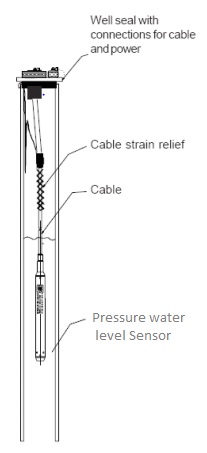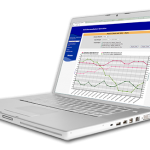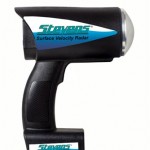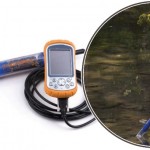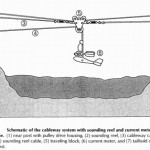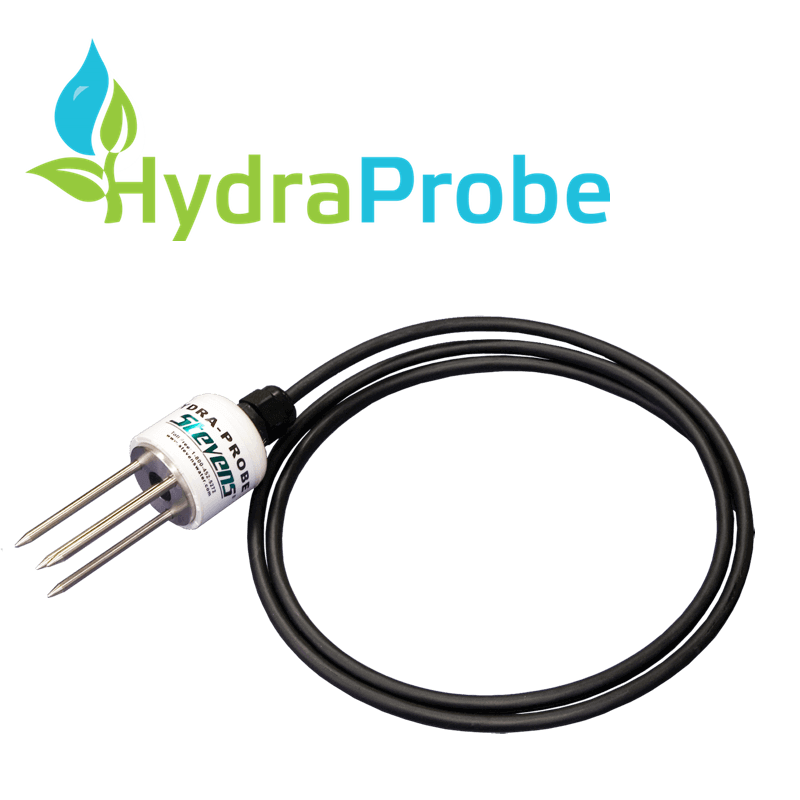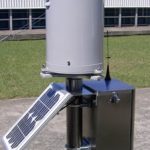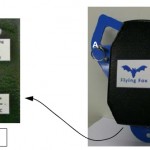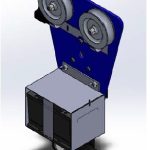Description
Measuring Principle:
Pressure sensor delivers accurate results while still remaining very affordable for a wide range of level measurement applications.High impact, corrosion-resistant PVC Type II housing and potted electronics make the pressure gauge extremely durable for most water and hostile fluid environments. The pressure gauge is also an excellent choice for level measurement application that may put more expensive sensors at risk for damage.
The Pressure gauge comes equipped with user specified vented cable lengths. The vent provides an atmospheric reference for the sensor, which is necessary for ensuring the highest possible accuracy when making a level measurement.
Advantages of Pressure Sensors in water level measurements:
- Output can be analog or digital depending on model
- Smaller diameter stilling well or pipe can be used for installation.
- A low profile installation site can be achieved using pressure sensors with internal data logging.
- Easy to install, maintain and calibrate.
Limitations of Pressure sensors in water level measurements:
- Typically subject to long-term drift and variations with temperatures. However, they are in the water where the temperature is usually fairly stable, so the temperature concern may not be too high. It is good idea to check calibration every 6 months.
- Fouling or corrosion with direct exposure to the water can affect the readings.
- Models are available in a broad pressure range that needs to be known at time of purchases.
- Some models require breather tube in the cable to reference to atmospheric pressure for best accuracy.
- Some models have a sensor head that can be easily damage to human touch or other objects touch.

